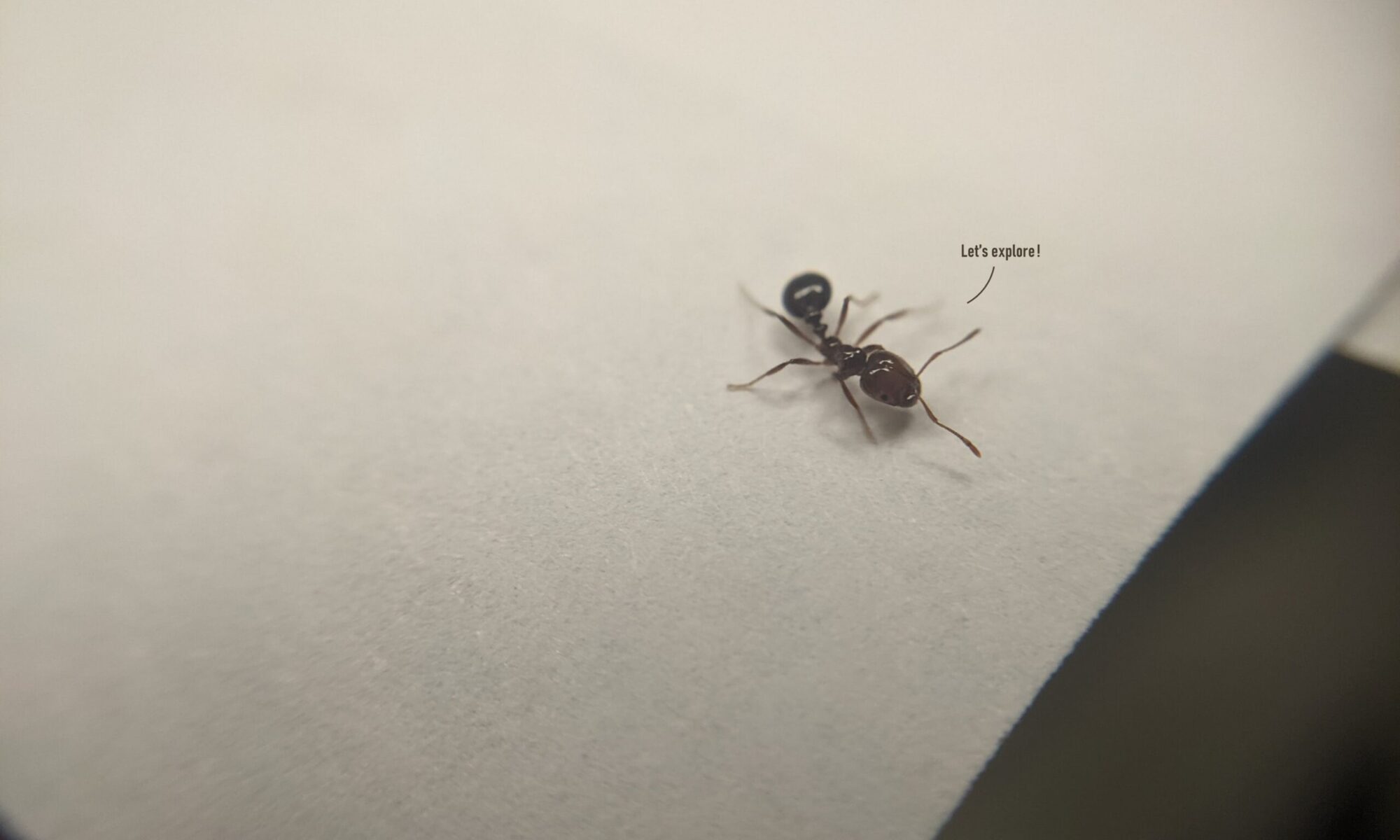[March 2014 – June 2015]
 The evolution of density distribution on two adjacent lanes. The downstream congestion wave is damped out because of the presence of the lane-changing viscosity term. There are many similarities between traffic flow and compressible fluid flow. It’s interesting to compare the congestion wave in traffic to the wave motion in fluids. Intrinsically. this similarity suggests that we can also use a parabolic PDE set to describe traffic flows. This concept has been widely accepted and many have built beautiful models that take care of the car-following phenomenon, i.e. if there aren’t many vehicles in one lane, they should accelerate and vice versa.
The evolution of density distribution on two adjacent lanes. The downstream congestion wave is damped out because of the presence of the lane-changing viscosity term. There are many similarities between traffic flow and compressible fluid flow. It’s interesting to compare the congestion wave in traffic to the wave motion in fluids. Intrinsically. this similarity suggests that we can also use a parabolic PDE set to describe traffic flows. This concept has been widely accepted and many have built beautiful models that take care of the car-following phenomenon, i.e. if there aren’t many vehicles in one lane, they should accelerate and vice versa.
What fascinates me and hasn’t been brought up in the literature is the analogy of viscosity in fluids and that of lane-changing behavior!
Inspired by this idea, I established a model that accounts for both car-following behavior and lane-changing behavior. The model parameter was fit based on the data we got from the highway recordings. I also carried out numerical simulations to show how the perturbation will develop in time and space under different congestion conditions. Among other features, the model shows, in accordance with our observation, that the lane-changing behavior alleviates the congestion problem.
Collaborators: Xiaohe Liu, Zheng Wu and Mingmin Guo
Publications:
Liu, X., Ko, H., Guo, M., & Wu, Z. (2016). A new traffic model on compulsive lane-changing caused by off-ramp. Chinese Physics B 25(4), 048901. [pdf]
Ko, H., Liu, X., Guo, M., &Wu, Z. (2015) A new traffic model with a lane-changing viscosity term. Chinese Physics B 24(9), 98901-98907. [pdf]
